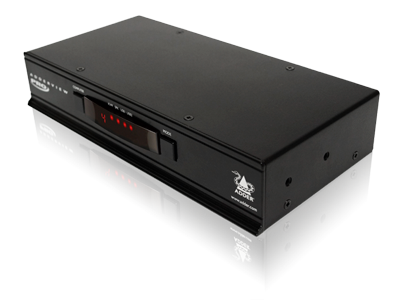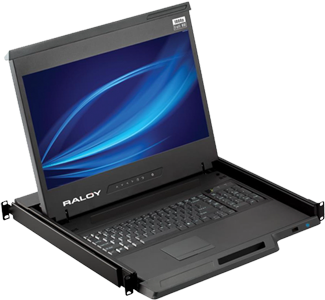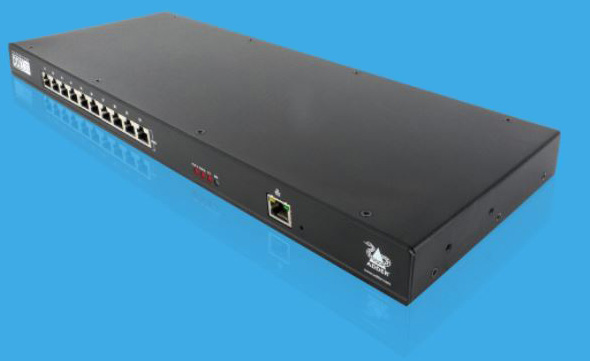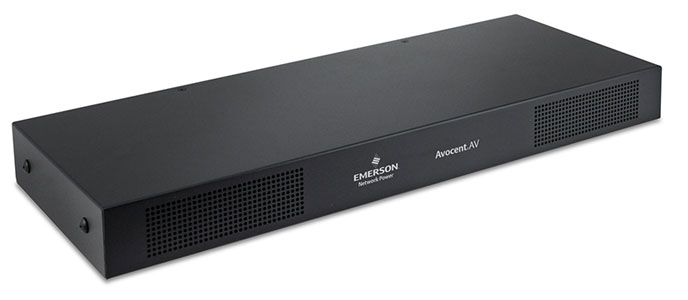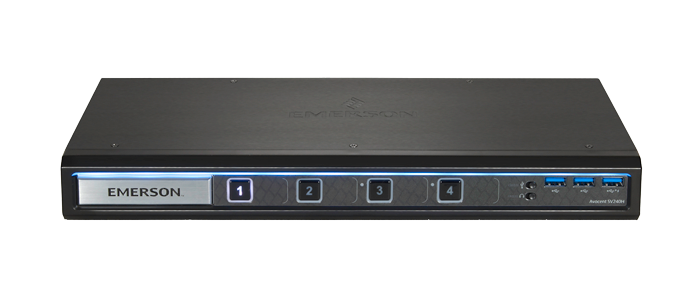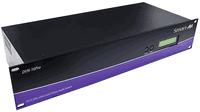What is a DVI KVM?
A DVI (Digital Visual Interface) KVM switch is very similar to a legacy VGA KVM switch in that it allows you to connect multiple computing devices to a single keyboard, mouse and monitor. Since flat panel displays have all but taken over the display market and most flat panel displays support Digital Visual Interface, the need for DVI KVM switches has increased dramatically. Depending on manufacturer and model, you will find various options that benefit the end user. They include, but are not limited to:
- PS/2 and or USB keyboard and mouse connections
- Audio sharing capability
- Microphone sharing capability
- USB hub for external USB device connection
- Support for multiple displays – dependent on model of switch and dual head support of connected computer
- Up to 2560x1600 dual link resolution
DVI KVM Applications
A Digital Visual Interface switch can be used in a variety of situations. From a user that simply has two Digital Visual Interface capable CPU’s who needs to consolidate into a single keyboard, mouse and display, all the way to the high end user who needs access to many devices using multiple displays and a single keyboard and mouse. The need for USB ports, audio and microphone switching also play an important part in the application.
Key Things to Consider When Buying a DVI KVM Switch
There are two key factors to consider when purchasing a Digital Visual Interface switch, personal need and technical specification. They include from a personal need:
- Quantity of source devices
- Type of display, be it analog, pure digital or a combination of both
- Required resolution
- Required number of user displays – dependent on model of switch and dual head support of connected computer
- PS/2 or USB keyboard and mouse
- USB port extension
- Requires audio and microphone capability
From a technical aspect, things to consider are:
- DVI single link which handles resolutions up to 1920x1200 or DVI dual link which handles resolutions up to 2560x1600.
- DVI-D. Dedicated digital only Digital Visual Interface displays. Used for direct connection between two true digital devices. This provides the highest possible quality image due to the nature of the digital format. This format should be considered when the highest clarity and resolution is required.
- DVI-A. Used to carry a Digital Visual Interface signal to an analog display. The most common use of a DVI-A device is connecting to an analog monitor. Quality degradation is experienced due to the digital to analog conversion which makes this the least attractive of the Digital Visual Interface protocols.
- DVI-I. Integrated digital and analog transmission technology. This technology the most popular as it supports both pure digital as well as the analog display market. With this technology the user has the choice of direct digital connection or analog connections through a DVI to VGA adapter adding flexibility to the type of monitor they choose.
DVI KVMs for Apple
Apple users will need to check the model of their device to determine whether or not it supports DVI output. Various models include standard Digital Visual Interface connectors while some, such as the MacBook, use a mini-DVI socket that requires an adapter cable to connect to the switch.

